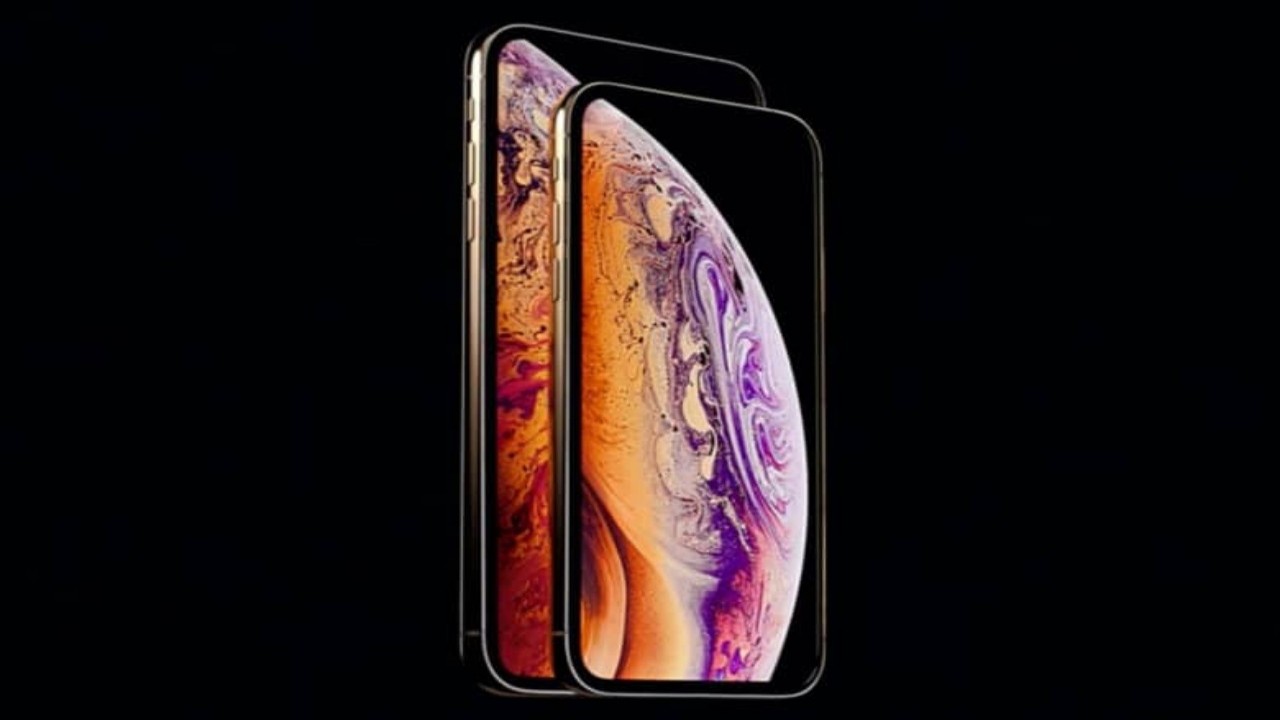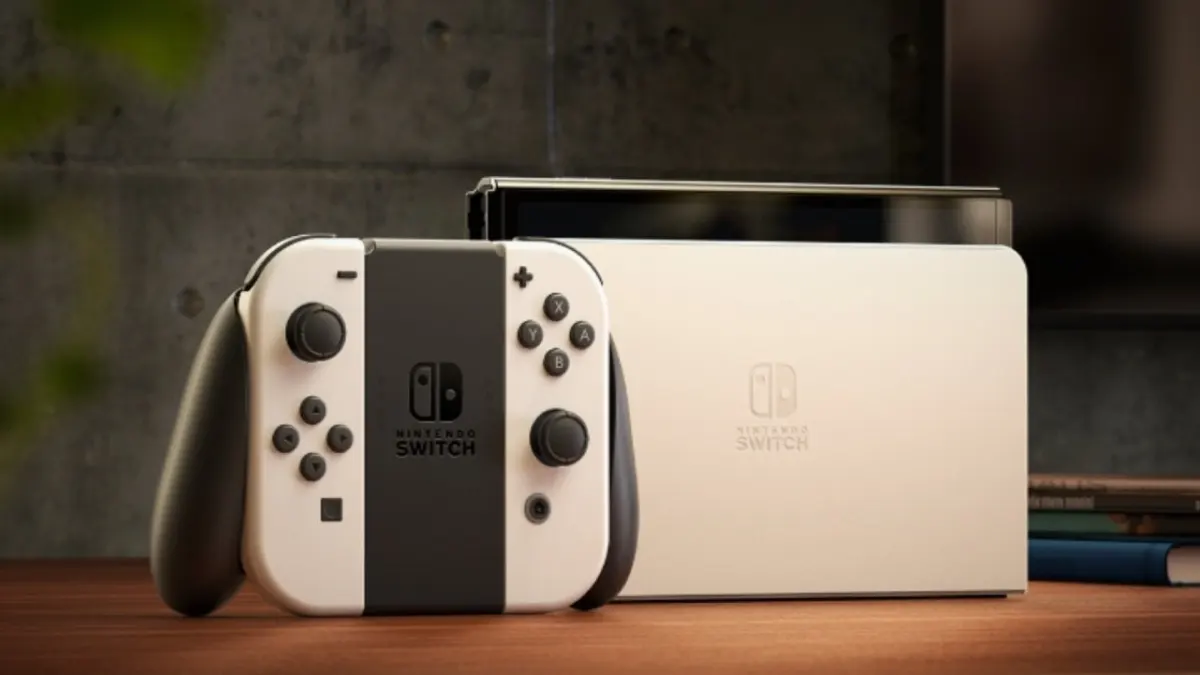So we now have our new Nintendo Switch OLED model in the horizon, and although it’s not the exact model we saw coming, it can be agreed on that everyone was anticipating something new. The only thing left in a lot of people’s minds based off this new name is: What exactly is OLED? And more importantly, do you need it?
According to Wikipedia, the scientific definition of OLED is: An organic light-emitting diode, also known as organic electroluminescent diode, is a light-emitting diode in which the emissive electroluminescent layer is a film of organic compound that emits light in response to an electric current. To give a better idea of this, if you’re an iPhone user and have been up to date with the newer models, the iPhone XS, XS Max, XR, and iPhone 12 use this type of display.
What is OLED?

The PS Vita had an OLED model as well, at the very beginning its life cycle. It made the model cost effective, allowing Sony at that time to produce more models. Which is definitely something great to start out with on the brand new console it was, as there’s room for experimentation and overall consumer reception without cutting costs.
So aside from being able to save some money in Nintendo’s pocket, what does OLED mean for us as gamers? Simply, better color contrast and a more clear, crisp look. Other than that, the display is still 720p in handheld mode and 1080p in TV mode, which in terms of the original model is the same resolution, but with a brighter screen on the handheld. However being said, OLED is not optimal. After prolonged use, an OLED display can actually decrease in in brightness, often to about fifty percent. It also can end up having some screen burn-in.
Because of this, the PlayStation Vita actually changed models later in its life, going from PCH-1000 to PCH-1050, and later PCH-2000, changing the OLED display to LCD, which was more productive for the console rather than just looking prettier.
Is a new OLED screen worth buying a new Switch?
So why does Nintendo seem to be going backwards with this? It might be just a little experimentation on their part, going into an area of technology they haven’t before. Perhaps they haven’t considered the potential risks on enduring performance that OLED has, or are just trying to cut overall costs for a new model and put that money into something else.
The biggest question may be, why OLED and not 4K? A lot of video game corporations are being affected by the global chip shortage, so Nintendo may be holding back on going into that upgrade for now. At the very least, they’re trying something new for their company, and it’s better to be somewhat progressive than to keep things the same.
So, will the Nintendo Switch OLED be worth it? If you’re okay with only a bigger dock mode screen with a more clear display, LAN port, better sound, and the new adjustable stand, for an extra fifty dollars than the original model, the OLED is for you. If you were looking for a higher resolution overall, sadly, you’re going to be waiting still, until we hopefully get our 4K Nintendo console in the Switch’s lifetime.
The Nintendo Switch OLED launches October 8th.











Published: Jul 6, 2021 01:08 pm